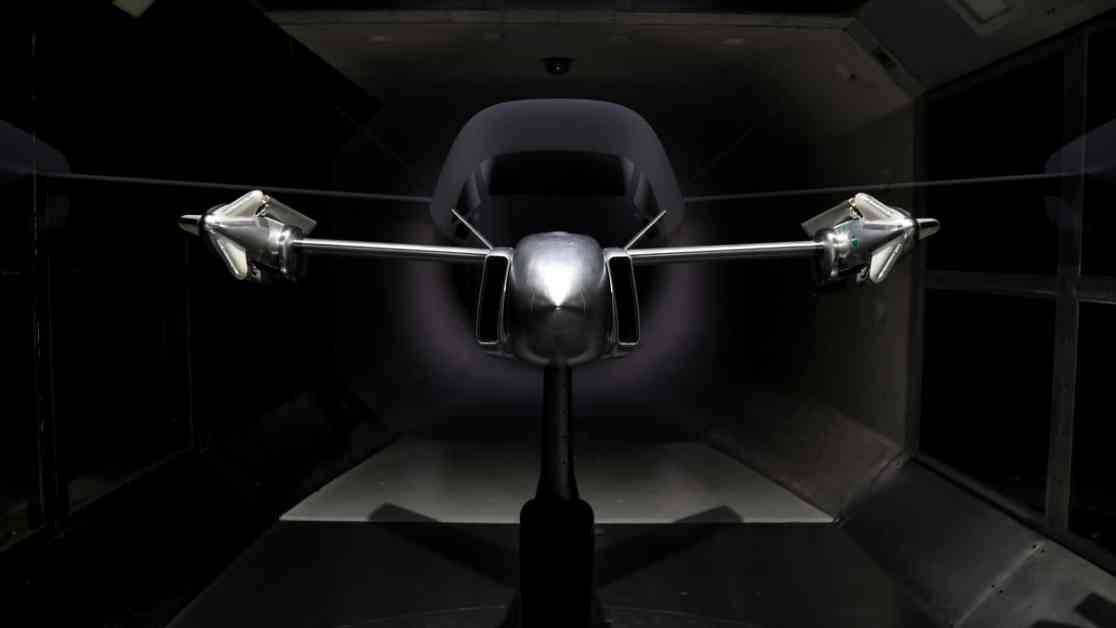Jet-Powered VTOL X-Plane for DARPA Program: A First Look
Bell’s latest innovation in the field of aviation has captured the attention of many after they released a new image showcasing their model used in wind tunnel tests for DARPA’s Speed and Runway Independent Technology (SPRINT) program. This new aircraft concept is a fusion of a helicopter and a jet aircraft, aiming to combine the vertical takeoff and landing capabilities of a rotorcraft with the speed and efficiency of a jet plane.
The Birth of a New Era in Aviation
Traditionally, helicopters have been known for their ability to navigate rough terrains with ease due to their vertical takeoff and landing capabilities. However, they lack the speed and efficiency of jet aircraft, which require runways for takeoff and landing. Bell’s X-plane aims to bridge this gap by creating an aircraft that can seamlessly transition between vertical and horizontal flight modes, offering the best of both worlds.
Testing the Boundaries of Innovation
The X-plane concept has already undergone rigorous testing at the Holloman High Speed Test Track (HHSTT) in New Mexico, where the engineering prototype was put through its paces to test the folding rotor assembly under simulated flight conditions. Further testing was conducted at the National Institute for Aviation Research (NIAR) at Wichita State University, where wind tunnel tests were completed, providing valuable technical data and the first tangible glimpse of the X-plane in action.
A Glimpse into the Future
The test model of the X-plane reveals a sleek design with thin wings, a V-shaped tail, and innovative folding rotors that enhance aerodynamic efficiency. Bell envisions the completed technology demonstrator craft as a pilot-optional aircraft capable of cruising at high subsonic speeds of up to 450 knots with a range of 200 nm at altitudes of up to 30,000 ft. Additionally, it will have a payload capacity of up to 5,000 lb, making it ideal for special forces operations in challenging environments.
Jason Hurst, executive vice president of Engineering at Bell, expressed his excitement about the groundbreaking technology, stating, “Bell’s advanced Stop/Fold family of systems will revolutionize the speed, range and survivability of vertical lift aircraft to enable operations in contested environments. We are excited to be part of another aviation milestone with this breakthrough technology.”
In conclusion, Bell’s X-plane represents a significant leap forward in aviation technology, promising increased speed, range, survivability, and maneuverability for special forces operations. The future of vertical lift aircraft looks brighter than ever with this innovative aircraft on the horizon.

